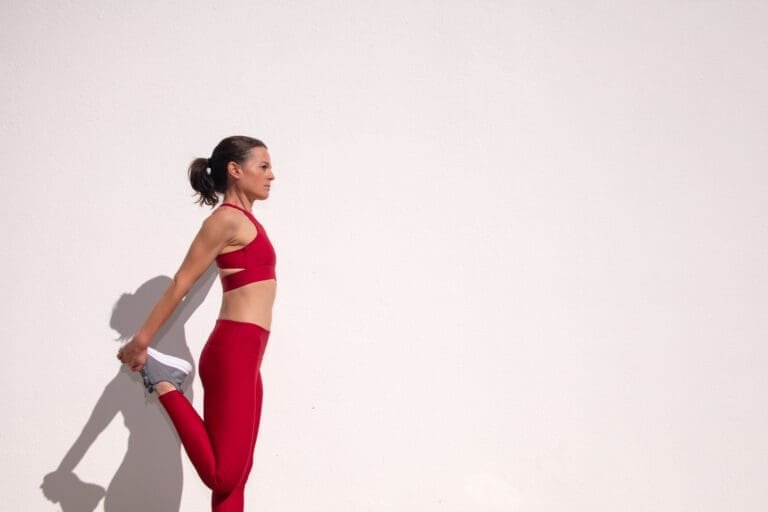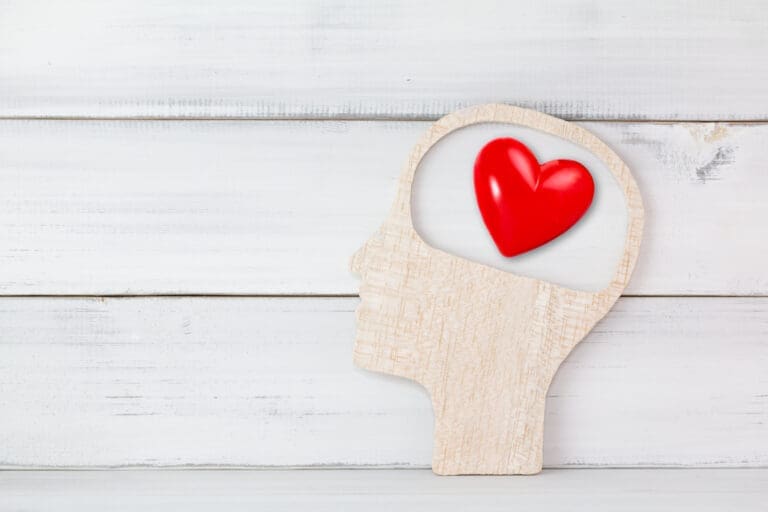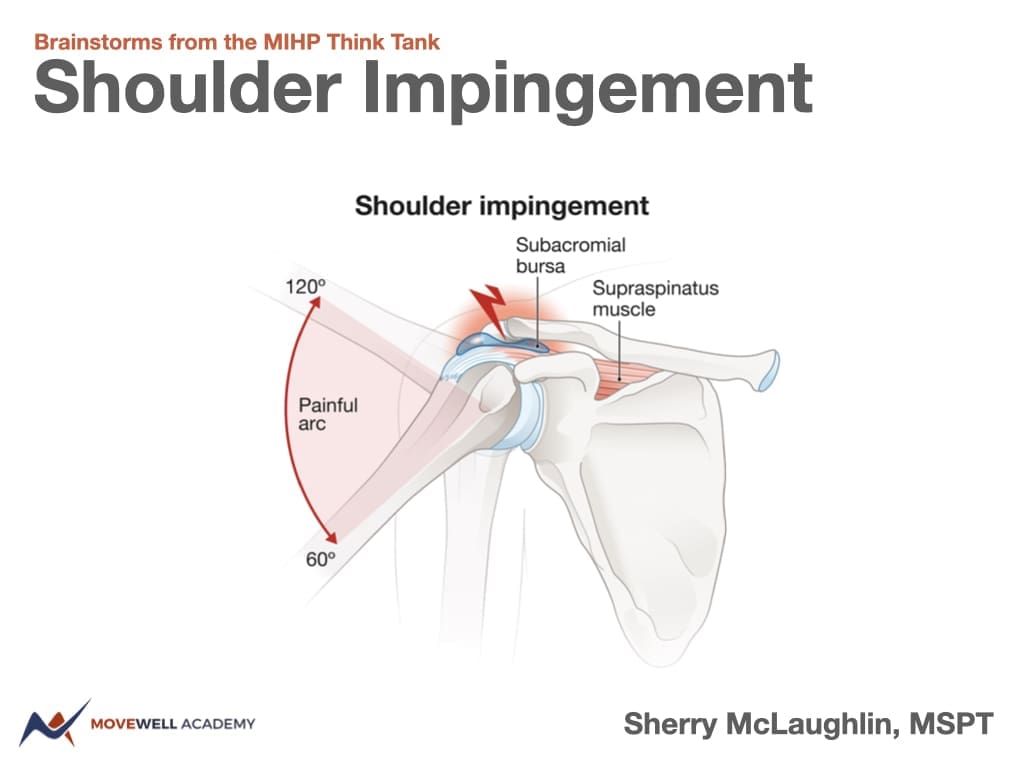Muscle minute Tuesday – A Culprit to Knee Pain – Meet the Medial Gastrocnemius

Back from a European trip where it is easy to accumulate 20,000 steps a day, I knew which muscle I would write about next. We had taken the funicular up to the top of Montjuc in Barcelona, home of the Olympic stadium and museum, walking for several hours before beginning our descent to the grandiose Museu Nacional d’Art de Catalunya.
My right knee was killing me. It felt swollen. I tried to clear it by doing a deep squat (which usually works). But it was too far gone. We had a lot of steps to descend to make it off the mountain and doing it one step at a time would have taken forever. In desperation, I sat on a step and found a trigger point in the medial gastrocnemius. Using deep pressure, I applied a circular massage for about a minute. I stood up and PRESTO, I descended the rest of the way off the mountain without pain.
That’s why I have to write about this muscle today. Let’s dive in.
| Origin | medial femoral condyle |
| Insertion | Posterior surface of calcaneus via Achilles tendon |
| Action | Plantarflexion (deceleration of dorsiflexion) Supination (deceleration of pronation) Internal rotation of the femur |
| Innervation | tibial n. (S1, S2) |
| Antagonists | tibialis anterior, lateral gastrocnemius, peroneus longus/brevis |
Meet the Real World Medial Gastrocnemius
Wait. This portion of the muscle is a supinator? The anatomy books never said that. That’s because the anatomy books don’t often consider the separate heads of this muscle as having different functions.
One of the most common causes of knee pain with descending stairs is a meniscal pinchwhich may occur if the rotation of the tibia and femur are not timed properly. During gait, when the foot hits the ground, the subtalar joint everts, the tibia internally rotates, and then the femur internally rotates in sequential fashion. If the foot hits the ground and the tibia does not internally rotate but the femur does, this can create shearing of the meniscusresulting in feelings of internal derangement of the knee.
Here’s a short list of why this matters:
- If the medial gastrocnemius is tight, it will prevent STJ eversion and tibial IR. This causes shearing of the anterior lateral and posterior medial meniscus.
- Lack of STJ eversion inhibits the quadricep muscle, the main decelerator of knee flexion when you descend stairs.
- 30-60 seconds of deep trigger point massage can reset the length of this muscle and normalize the function of the knee.
Conventional thinking says: If your knee hurts, the problem must be in the knee. Meniscal tears won’t heal so you just may need surgery.
Real World Thinking says: Meniscal pain is usually due to abnormal rotation at the knee from trigger points that prevent proper movement from occurring. Release the medial gastrocnemius trigger point to see if you can get rid of knee pain.
Here’s a few exercises to help this problem.
Because nobody has time to be in pain.
It’s good to be home.
Until next time…

Kind Regards,
MoveWell Academy
[email protected]












 Shoulder Impingement
Shoulder Impingement 

